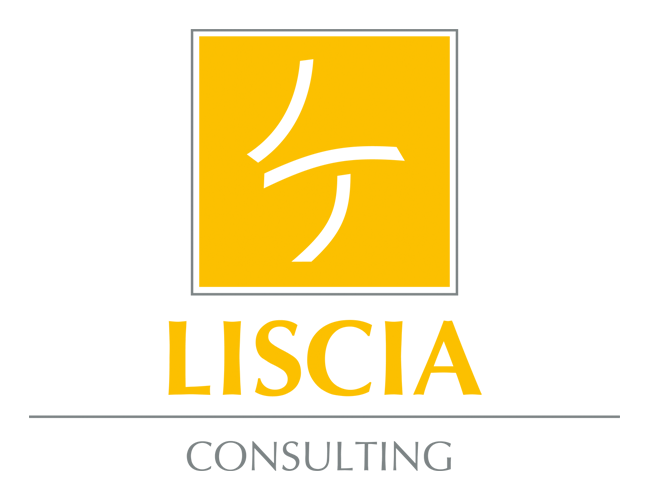Although periodically giving presentations is perfectly commonplace in most professions, many people are plagued with unpleasant symptoms at the prospect of speaking in front of a group. Weak knees, an unreliable voice, sweaty hands and a palpitating heart are typical physical reactions before, at the beginning of and during a presentation – not exactly confidence-inspiring.
Of course, as in so many areas of our lives, there’s no questioning the truth of practice makes perfect. But still, there must be other techniques that will help us get a grip on stage fright.
First and foremost, you should realize that your self-concept is no secret to your audience. If you are insecure or afraid, your listeners will most likely sense this, too. Your body language will give you away every time as it reflects how you feel inside. Naturally, this works both ways. A self-confident posture sends signals of well-being and assurance to your brain. You have your doubts? Then try this exercise the next time you’re unsettled or angry. Take a moment and go someplace you can be alone. Now paste a broad grin on your face and hold it for 60 seconds. (A good place for this exercise is an empty space, such as a stall in the bathroom.) Grinning broadly activates muscles in your face, telling your nerve endings that you are happy. Your nerve endings send the good news to your brain which responds by releasing a torrent of happy hormones and voilà! Your anger has vanished or markedly abated (but only if you held the artificial grin in place for 60 seconds without letup). The same principle applies to the champion’s pose that gives you a sense of inner confidence.
Living proof: At your next presentation, plant your feet shoulder-width apart. Hold your body upright and open and feel your body give you positive feedback. You may be surprised how strongly an erect and self-confident stance influences you and your audience.
While we’re at it, you can also take a look at psychologist Albert Mehrabian’s insights, which resulted in the 55-38-7 rule. This posits that the impact of communication is distributed between voice, body language and content. Body language accounts for 55% of the message’s impact; the voice 38% and the message content a mere 7%. Thus, with open, confident body language and a clear voice, you can influence your impact on your audience to 93%.[1] So, it’s worth your while to open this tool box as well and build body language and speech skills, keeping in mind that authenticity is often the key to success.
Naturally, you have prepared your presentation thoroughly. You know what you’re talking about and this brings added confidence. While preparing, you draw up Excel sheets, design Power Point slides and use similar tools to make your numbers, dates and facts as easily understandable and plausible as possible. So, your message is clear, but how to prepare a presentation that will also captivate your audience? The key factor here is emotion. Emotional, that is, personal input should be an aspect of every presentation, including or especially those presentations that are primarily concerned with numbers and rational messages. The best way to introduce emotion is with a personal story, drawing your audience’s attention and focus. Before your next presentation, think over which emotion is most compatible with your theme. If your presentation relays the necessity of dismissing up to 100 employees next year, a different emotion is called for than when you are heaping accolades on last year’s successes. Infusing your next presentation with the appropriate emotion will essentially amplify your authenticity, increasing listeners’ attentiveness and appreciation.
Should you quake at the thought of your next presentation, use your inherent tools to captivate your audience – your body, your voice, your emotions.
[1] A. Mehrabian (1972). Silent Messages: Implicit Communication of Emotions and Attitudes.




